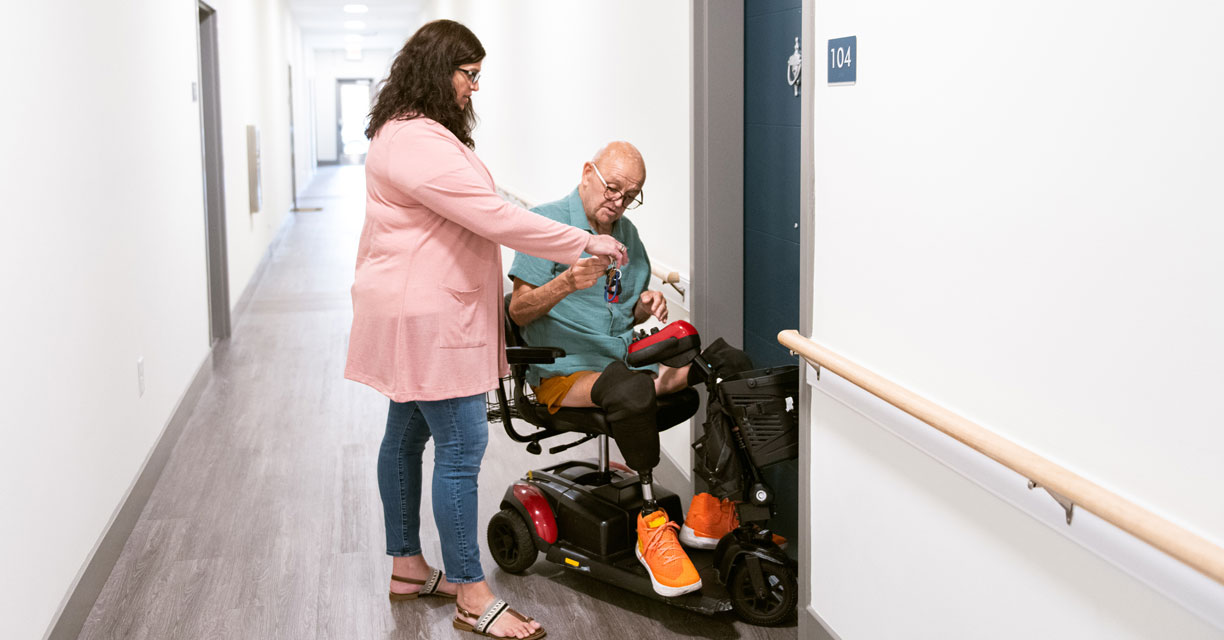Headline
Describes a primary care organization’s approach to using machine learning versus provider judgement to assign primary care visit frequency and better identify future risk of hospitalization and medical cost.
Context
While regularly scheduled multidisciplinary primary care visits can support better care coordination and disease management for patients with complex needs, these types of visits are not supported by traditional payment models. Oak Street Health, a value-based primary care organization for adults on Medicare, assigns patients to a risk tier that determines the regular cadence of primary care visits. This pilot study compares the accuracy of provider assignment to machine-learning assignment in identifying patients with the highest risk of poor health outcomes and high health care costs.
Findings
Machine learning models were more accurate than provider judgment alone at predicting which patients would have high future medical costs and hospitalization rates. Oak Street then implemented the machine learning risk-stratification methodology. Care teams can use their judgment to increase or decrease the tier for their patients, and the study found that providers typically agreed with the assignment.
Takeaways
As organizations in value-based payment arrangements explore approaches to determining primary care visit cadence, machine-learning tiering can be more accurate than provider judgment to predict outcomes besides mortality. Using algorithms to determine intensity of primary care based on expected costs may exacerbate racial disparities, but having multiple outcomes in the model as well as care team oversight may mitigate bias.



